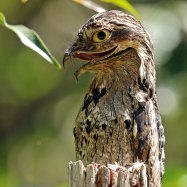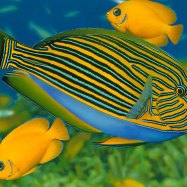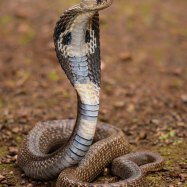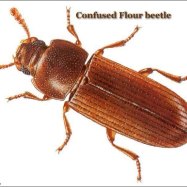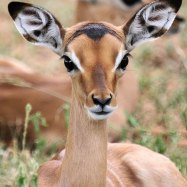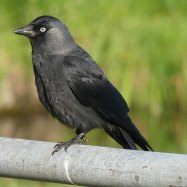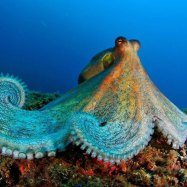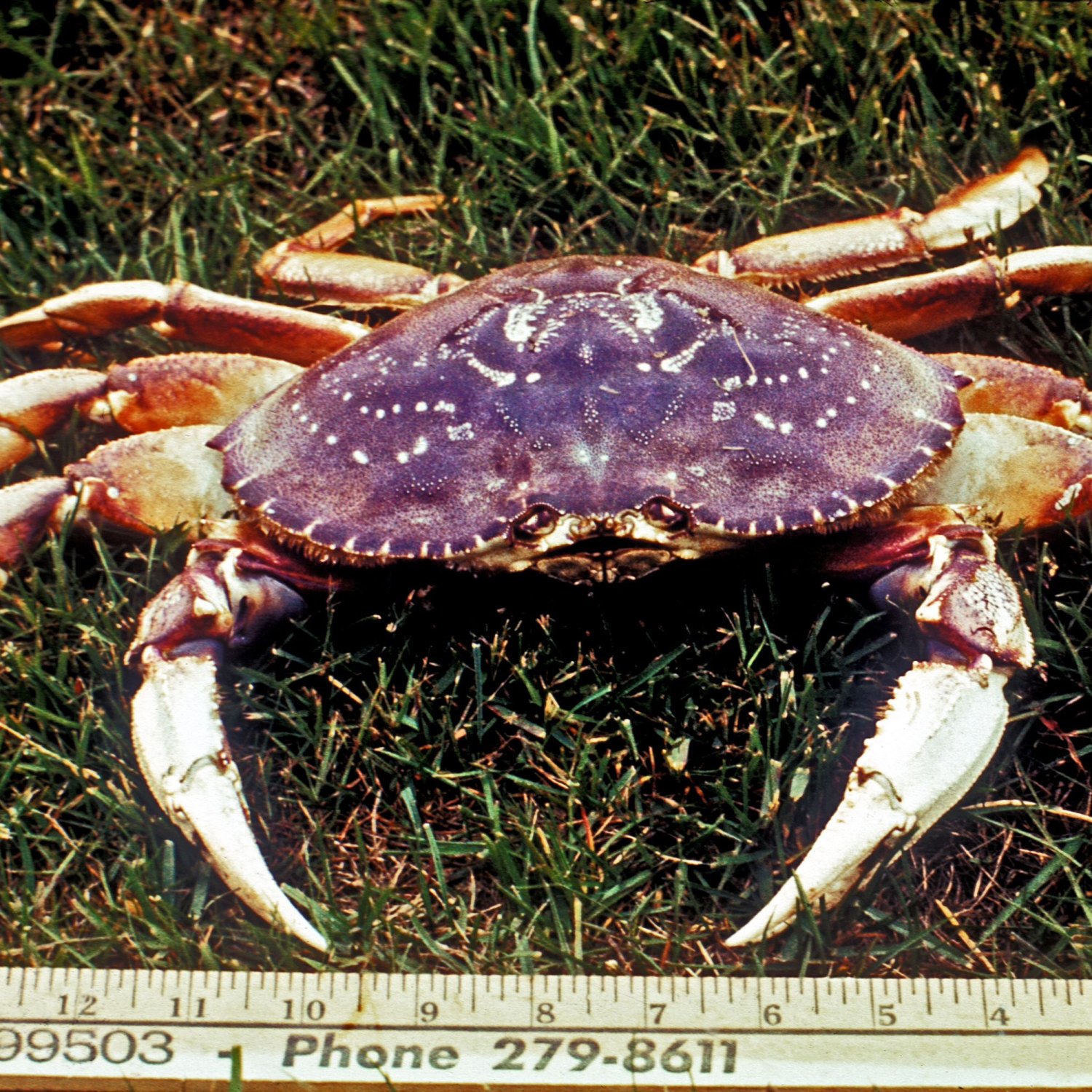
Dungeness Crab
6 to 7 inches (15 to 18 cm)
The Dungeness Crab, found in the Pacific Ocean, is a large crustacean with a wide and round body covered in a hard exoskeleton. They can grow up to 6 to 7 inches in length, making them a popular catch for fishermen. These animals belong to the Cancridae family and are known for their delicious meat, making them a sought-after delicacy. #DungenessCrab #PacificOcean #Cancridae
Animal Details Summary:
Common Name: Dungeness Crab
Kingdom: Animalia
Habitat: Intertidal zones, sandy and rocky shores, estuaries, and bays
The Majestic Dungeness Crab: An Icon of the Pacific Coast
The stunning coastline of the Pacific Ocean is home to a variety of fascinating animals. From whales and seals to sea turtles and octopuses, these creatures amaze us with their impressive characteristics and behaviors. However, there is one animal that stands out among the rest – the Dungeness crab. With its striking reddish-brown to purple coloration and wide, round body, this crab is truly a sight to behold Dungeness Crab.An Introduction to the Dungeness Crab
Scientifically known as Metacarcinus magister, the Dungeness crab is a crustacean belonging to the Kingdom Animalia, Phylum Arthropoda, Class Malacostraca, Order Decapoda, and Family Cancridae. This crab is commonly referred to as the Dungeness crab, named after the Dungeness Spit, a sand spit on the Olympic Peninsula in Washington, where it was first discovered.The Dungeness crab is a true icon of the West coast of North America, with its geographical distribution spanning from Alaska to Mexico. However, its primary country of origin is the United States, where it inhabits the Pacific coast. This crab can be found in various locations within the Pacific Ocean, including intertidal zones, sandy and rocky shores, estuaries, and bays.
Diving Into the World of Dungeness Crabs
One of the most striking features of the Dungeness crab is its coloration. This crab typically has a reddish-brown to purple color, with some variations of yellowish-brown and green. This coloration is not only aesthetically pleasing but also serves as a camouflage, helping the crab blend into its surroundings and avoid predators.In terms of body shape, the Dungeness crab has a wide and round body with a hard exoskeleton Dogue De Bordeaux. This exoskeleton, also called a carapace, protects the crab's internal organs and acts as a support structure for the muscles required for locomotion. The carapace is made up of chitin, a tough, elastic material found in the outer covering of insects, crabs, and other arthropods.
On average, Dungeness crabs measure between 6 to 7 inches (15 to 18 cm) in length. However, some specimens have been recorded to grow up to 10 inches (25 cm) in length. This is relatively small compared to other types of crabs, such as the king crab, which can reach lengths of up to 6 feet (1.8 m).
Feeding Habits of the Dungeness Crab
Being omnivorous, the Dungeness crab has a varied diet that includes both plants and animals. As opportunistic feeders, they will consume whatever is available in their environment. This includes small fish, clams, mussels, worms, algae, and even other crabs. They use their sharp claws to crush and break open shells, allowing them to access their prey's soft and nutritious insides.Interestingly, Dungeness crabs also act as scavengers, feeding on dead and decaying animals they come across in their habitat. This not only helps to clean the ocean floor but also provides the crab with an additional food source.
The Life Cycle of the Dungeness Crab
The life cycle of the Dungeness crab is truly fascinating. It starts with the female crab releasing her fertilized eggs into the water. These eggs then hatch into larvae, which are planktonic and drift along with ocean currents for about six weeks. During this time, the larvae molt five times, becoming more crab-like and developing their signature coloration.After six weeks, the larvae will settle on the ocean floor and go through a metamorphosis, becoming small crabs. These young crabs will continue to molt and grow for the next two to three years, reaching sexual maturity at an average of four years old. Once sexually mature, the Dungeness crab can live up to a decade, with some specimens living even longer.
The Importance of Dungeness Crabs in Ecosystems
Aside from being a culinary delicacy, Dungeness crabs play an essential role in the ecosystems they inhabit. As scavengers, they help to keep the ocean floor clean by consuming dead and decaying animals. They also serve as prey for larger animals like sea otters, octopuses, and even some species of sharks.In addition, Dungeness crabs are also indicators of the health of their ecosystem. Their sensitivity to pollutants and toxins in the water makes them a valuable species to monitor the ocean's overall health. Any decline in their population could indicate a larger problem that needs attention.
Conservation Efforts for Dungeness Crabs
The Dungeness crab fishery is a significant commercial industry, with annual commercial landings worth millions of dollars. Due to their popularity as a food source, proper management and conservation measures are critical to ensure the sustainability of this fishery. Federal and state regulations, such as size limits, catch limits, and restrictions on the use of traps, help to maintain a healthy population of Dungeness crabs.In addition, fishery managers work closely with scientists to gather data on the crab population's status and trends, in order to make informed decisions on how to best manage this valuable resource. These efforts have resulted in successful population management and sustainable fishing practices, ensuring the Dungeness crab's longevity for generations to come.
Conclusion
In conclusion, the Dungeness crab is a fascinating animal that is not only aesthetically pleasing but also plays an important role in its ecosystem. Its striking coloration, wide body, and hard exoskeleton make it an iconic species of the Pacific coast. With proper conservation efforts, we can continue to enjoy the beauty and benefits of Dungeness crabs for years to come.

Dungeness Crab
Animal Details Dungeness Crab - Scientific Name: Metacarcinus magister
- Category: Animals D
- Scientific Name: Metacarcinus magister
- Common Name: Dungeness Crab
- Kingdom: Animalia
- Phylum: Arthropoda
- Class: Malacostraca
- Order: Decapoda
- Family: Cancridae
- Habitat: Intertidal zones, sandy and rocky shores, estuaries, and bays
- Feeding Method: Omnivorous
- Geographical Distribution: West coast of North America, from Alaska to Mexico
- Country of Origin: United States
- Location: Pacific Ocean
- Animal Coloration: Reddish-brown to purple
- Body Shape: Wide and round body with a hard exoskeleton
- Length: 6 to 7 inches (15 to 18 cm)
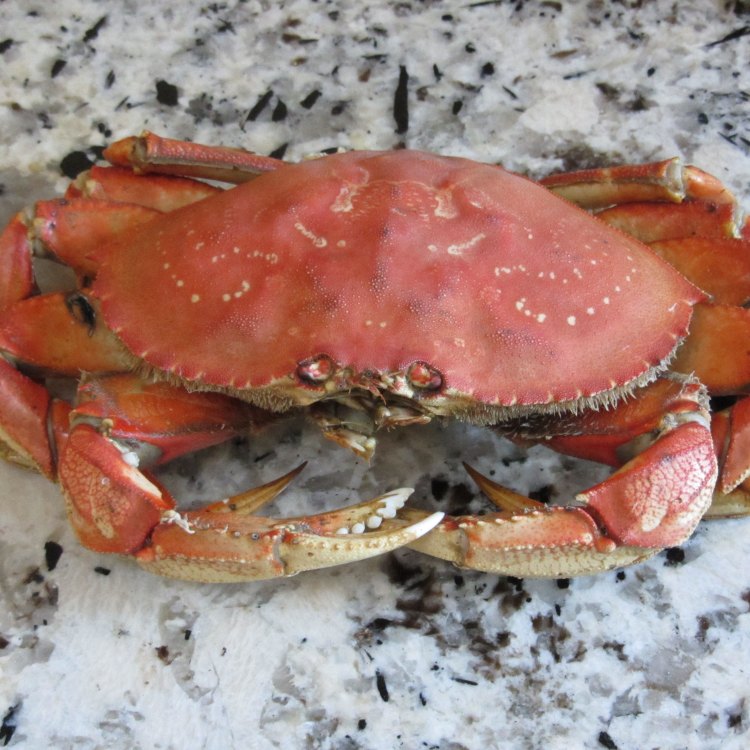
Dungeness Crab
- Adult Size: Up to 10 inches (25 cm) across the carapace
- Average Lifespan: 10 to 13 years
- Reproduction: Sexual
- Reproductive Behavior: Mating occurs after the female molts her exoskeleton
- Sound or Call: Dungeness crabs produce sounds by stridulating, rubbing their legs together
- Migration Pattern: Some Dungeness crabs migrate to deeper waters during the winter
- Social Groups: Solitary
- Behavior: Nocturnal
- Threats: Overfishing, habitat loss, pollution
- Conservation Status: Not evaluated
- Impact on Ecosystem: Important prey species, and their digging activities help aerate sediment
- Human Use: Commercially harvested for their meat
- Distinctive Features: Large pincers and spines on the carapace
- Interesting Facts: Dungeness crabs are named after Dungeness, Washington
- Predator: Sea otters, octopuses, and larger fish
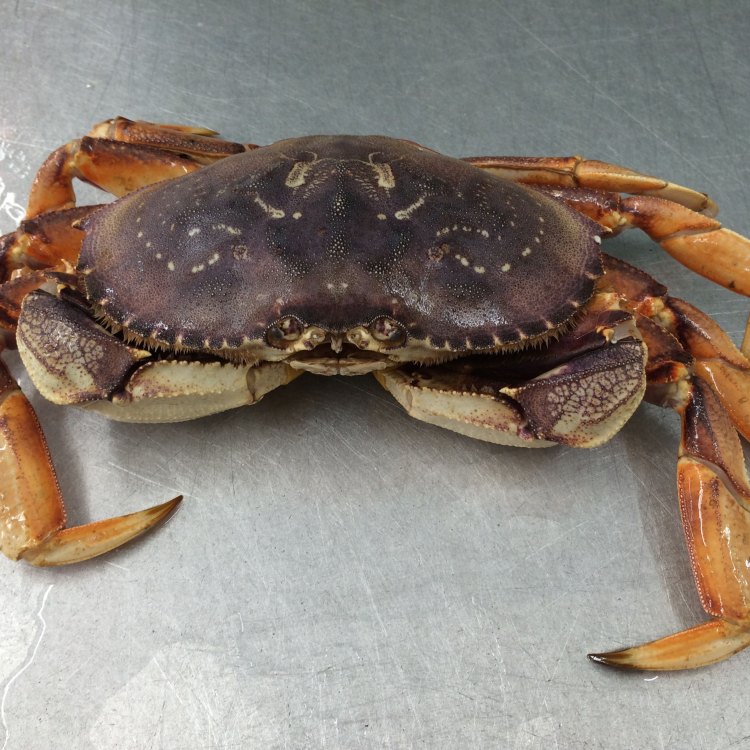
Metacarcinus magister
The Mighty Dungeness Crab: A Marvel of the Pacific Coast
The Pacific Coast of North America is teeming with an incredible array of marine life, and one of the most iconic and beloved creatures found there is the Dungeness crab. This magnificent crustacean, named after the Dungeness region in Washington state, is a favorite delicacy among seafood lovers and a vital part of the coastal ecosystem. With its distinctive features and fascinating behaviors, the Dungeness crab is truly a marvel of the Pacific Coast.At first glance, the Dungeness crab may seem like just another crab species, but upon closer inspection, its unique characteristics become apparent PeaceOfAnimals.Com. Fully grown adults can reach up to 10 inches (25 cm) in width across their carapace, making them one of the largest crab species on the West Coast. Their bodies are covered in a hard exoskeleton that provides protection and support, while their powerful pincers and sharp spines on their carapace serve as excellent weapons for defense.
The average lifespan of a Dungeness crab is between 10 to 13 years, and during this time, they play an essential role in the marine ecosystem. These crabs are a vital food source for a variety of predators, including sea otters, octopuses, and larger fish. They also have a significant impact on the ecosystem through their digging activities. As they scavenge the ocean floor for food, they help aerate the sediment, which helps promote the growth of other marine organisms.
Reproduction is a significant aspect of the Dungeness crab's life cycle, and it is a unique process. Unlike some other crab species, Dungeness crabs reproduce through sexual means, where fertilization occurs within the female's body. Mating typically takes place after the female molts her exoskeleton, which can be a dangerous time for her as she is more vulnerable to predators De Kays Brown Snake. After fertilization, the female carries hundreds of thousands of eggs attached to her abdomen until they hatch into larvae.
One of the most interesting behaviors of the Dungeness crab is its ability to produce sounds. These crustaceans "stridulate" by rubbing their legs together, creating a series of rasp-like sounds that can be heard by other crabs. This sound is used as a form of communication, signaling to other crabs their intention to mate or to defend their territory.
Another intriguing aspect of their behavior is their migration pattern. While some Dungeness crabs stay in shallow waters year-round, others, particularly larger ones, may migrate to deeper waters during the winter months. This behavior is believed to be a response to environmental conditions, such as colder water temperatures or changes in food availability.
Despite being social animals, Dungeness crabs are typically solitary creatures, preferring to forage alone at night. They are nocturnal, which means they are most active at night, using their keen senses of smell and touch to find food on the ocean floor. It is not uncommon to see these crabs scuttling along the shore or burying themselves in the sand during the day, resting and hiding from potential predators.
Unfortunately, the Dungeness crab population is facing threats that could greatly impact their survival. Overfishing, habitat loss, and pollution are the main factors contributing to their decline in some areas. These crabs are commercially harvested for their delicious meat, making them a vital source of income for fishermen. However, if not managed sustainably, overfishing can lead to a significant decline in their population and disrupt the balance of the ecosystem.
Habitat loss is another significant threat to the Dungeness crab. As coastal development increases, the natural habitats of these crabs are shrinking, leading to a decline in their population. Polluted waters also pose a danger to their survival as they can be negatively affected by the chemicals and toxins present in the ocean.
Currently, the conservation status of the Dungeness crab is not evaluated. However, it is essential to closely monitor their population and implement sustainable fishing practices to ensure their continued survival.
Beyond their ecological significance, Dungeness crabs also hold cultural and economic importance. They are a significant part of the seafood industry, with their meat being highly sought after by consumers. In fact, Dungeness crabs are one of the top seafood products in the United States, with a value of over $100 million annually.
These magnificent creatures also hold a special place in the hearts of people along the Pacific Coast, who have grown up with the tradition of catching and eating these crabs. Many coastal communities also hold annual festivals and events celebrating the Dungeness crab, further showcasing its cultural significance.
In addition to being a delicious delicacy and a vital part of the ecosystem, the Dungeness crab is also famous for its distinctive features. The large pincers and sharp spines on their carapace set them apart from other crab species, making them easy to recognize. It is no wonder that they are a favorite subject for artists and photographers.
As an interesting tidbit, the Dungeness crab is not actually found in Dungeness, Washington, as its name suggests. In fact, it gets its name from the crab's stronghold in the Strait of Juan de Fuca and the Dungeness Spit, both located near Dungeness, Washington.
In conclusion, the Dungeness crab is a marvel of the Pacific Coast, with its unique characteristics and behaviors that make it stand out among other crab species. From its large size and powerful pincers to its ability to produce sounds and migrate to deeper waters, these crabs are truly fascinating creatures. However, they face numerous threats that could impact their survival, making it crucial to conserve their population and protect their natural habitats. So, the next time you enjoy a delicious meal of Dungeness crab, remember just how remarkable and important these creatures are to the Pacific Coast ecosystem.
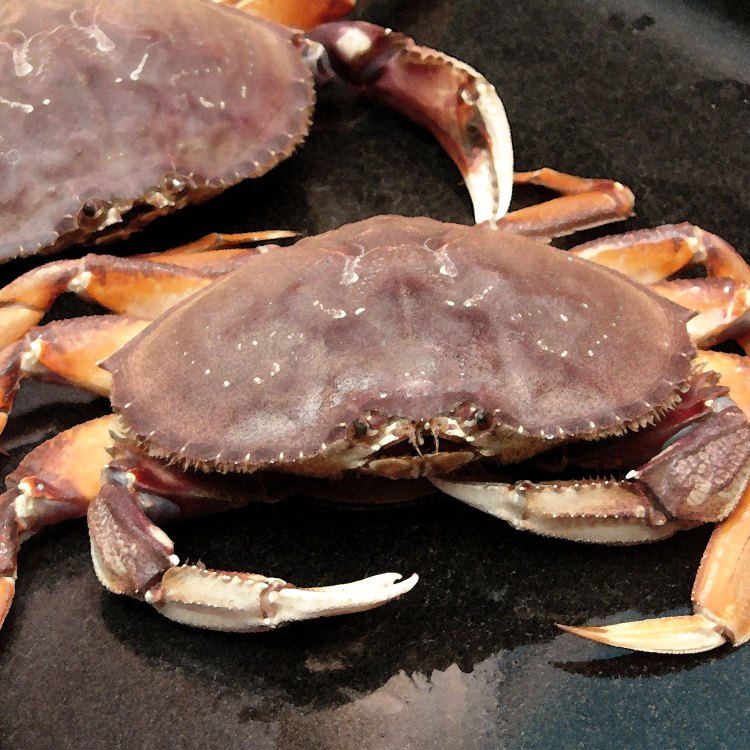
The Majestic Dungeness Crab: An Icon of the Pacific Coast
Disclaimer: The content provided is for informational purposes only. We cannot guarantee the accuracy of the information on this page 100%. All information provided here may change without prior notice.



